Online Class, AI, and Future of Higher-Education

Dr. Debabrata Deb is working as an Assistant Professor of Physics at the Thapar Institute of Engineering and Technology, Patiala. He has a broad interest in writing about the popularisation of science and societal issues.

[responsivevoice_button voice=”US English Female” buttontext=”Read out this Theel for me”]
The COVID-19 pandemic is not just a one-off incident. Epidemiologists were and still are warning us about more of such epidemic/pandemics to come. The reasons for possible recurrences of such epidemics are manifold, starting from the effects of climate change to our ever-expanding greed for resources, and exploitation of the natural world. So, we have to be prepared for such periodic outbreaks of COVID-19 like diseases. We have seen how our education system is vulnerable to such events. Presently, it looks like we are going to lose a whole academic year due to the lockdown situation. Such uncertainty is devastating to our students learning and their future. Right now, we have to take into account the effects of such disease outbreaks on our education system and make the required changes, so that students’ learning outcomes become immune to future outbreaks.
I am going to confine my discussion only to the future of higher education as affected by the COVID19 pandemic. Till now, the major change that has already occurred to our education system is the shift of classroom teaching to an online-mode. Thus, my major focus will be to deliberate on the point that how online conferencing technologies that facilitate online teaching are going to affect the future of higher education.
Beginning of Online Courseware
The fact is that online teaching was already there for quite some time. For example, in the US, MIT OpenCourseWare is an online teaching and resource centre, started in 2001, that provides all educational materials from MIT’s undergraduate and graduate-level courses freely and openly to anyone. These educational materials include audio/video lectures, textbooks, supplementary materials, etc. Similarly, here in India, we have our facility which is known as the National Programme on Technology Enhanced Learning (NPTEL) which was started in 2003 and is led by the IITs. Presently, there are several similar initiatives available throughout the world, and some of these online teaching and learning facilities are indeed good. In the beginning, these were mostly government-funded initiatives and open to all for free. However, later as there developed a market for it over the years, various private companies like Edx, Coursera, Udemy, etc. also started offering courses through online mode but with a price tag attached. Until now, most of the online courses provided by these private organizations are skill-oriented and hence not here to provide education to the masses.
The idea of online teaching is inherently good; it democratizes the whole system of education as anyone with a good internet can access online courses, but with the underlying condition that the materials are free. I am in no way against online teaching and learning. Government of India initiatives like SWAYAM, NPTEL, ARPIT, etc. are already bright stars in the sky of India’s effort to a democratized and inclusive online education system.
Disruption by COVID-19
My concern is that the process of developing an online education system that would serve our intended noble purposes has been disrupted by COVID-19. The effects of this disruption are very much unpredictable, and in some cases may take few wrong turns. It is evident from the two-decade-long history of initiatives like NPTEL and MIT OpenCourseWare that it takes time and testing to make an online education system effective, successful, and especially devoid of any unintended consequences. But due to the pandemic, many institutions haven’t got the time to develop suitable content and a system to deliver, but rather had to switch to an online teaching mode overnight. In an online teaching mode, even if we have made a robust system of delivery, and very good content, if our students are not prepared with the right mind, and dedication, then their learning outcome could suffer.
Online Conferencing Technologies
For those who are not familiar with online conferencing technologies that facilitate online teaching, let me first explain what these “online conference technologies” are and how they work. To take an example, in Zoom, a teacher would first schedule a meeting/lecture, and then, he/she will invite students through an email to join the lecture. The teacher would take a seat in front of a computer, and share the computer’s screen, web camera, and audio through the Zoom app where students would also be connected using their computer/mobile. During the lecture, students would also be able to interact using their device’s audio and camera. All participants can also write text chats during the lecture and share those with every participant. Being the scheduler of the lecture, the teacher will have full control over the session. For example, the teacher can mute anyone, or all participants and this helps to maintain the decorum and make the lecture more effective and less noisy. Thus far, it seems a good enough system and it resembles closely to a normal classroom. It may still bring many important changes to the dynamics of our higher education system, and I am going to discuss a few below.
Few Experiences
A few days back, I was giving an online lecture to some undergraduate students who are still under lockdown due to the COVID-19 pandemic. I saw that some students were writing very inappropriate, irrelevant text chats and sharing with everyone in the lecturing app. Here, the problem is that, during an online lecture, no one can know in what physical or mental state the students are. Hence, some students may start disrupting the lecture by provoking the teacher and other students through inappropriate online messaging gestures and texts. During a normal lecture setting students would do no such thing because of one-to-one human interface. Moreover, during an online session, some students may join the lecture anonymously and get involved in an unbecoming student act. Unfortunately, when you have a large number of students joining the lecture, it becomes cumbersome to check the identities of all the students. This anonymity allows the students to behave unruly and improperly, a behavioural trait that we all see in online social media interactions.
On the other hand, if we remove the possibility of joining lectures anonymously, then I found students are extremely reluctant to participate productively during online sessions. Surely, one reason for reduced active participation from students could be that this online lecture format is still very new, and hence most students are not familiar and comfortable enough with it. Another reason could be that students are wary of getting recorded while asking a trivial question. This could also happen because some students postpone their involvement during the lecture and only think about the subject matter just before the examinations, one very common characteristic of average students in higher education.
Use of Artificial Intelligence Technology
Another important change that online lecturing and learning may bring to higher education is that very soon formal assessments may become less important compared to students’ history of involvement during recorded online lecture sessions. This becomes apparent if we think about the possible changes that are going to come to the recruitment process of higher education graduates. Nowadays, when recruiters come to campuses for new recruitment, they not only look at the academic achievements of a student but also his/her social media activity. Additionally, from now on, automatically recorded online lectures, videos, and accompanying chat history will also become a good resource for recruiters to find the best suitable candidate. We all know that the present model of elaborate written examinations is not the best way to assess students’ abilities. Rather, continuous assessment of students’ involvement and activities throughout a course is a better way. So, I believe that very soon, there will be unique artificial intelligence (AI) technologies that will use the recorded lecture videos to mine students who were active learners throughout a course. Maybe in five to ten years from now, recruiters would not even look at mark sheets of a student. They would ask one AI algorithm which would go through all the recorded classes of a student and find out how often he/she had interacted with the teacher during the lecture, the nature of the interaction, the type of questions asked, suggested solutions, identified errors and overall involvement during lectures. Different employers have different perspectives and needs. So they would look at different abilities of a student. For example, some employers may not be into checking academic achievements. They would rather like to know if a student is good at interpersonal communication, group discussion, churning out new ideas, and hence recruiters will make use of the recorded lecture sessions accordingly. Some employers may probably not even have any direct interview with students, they would just go through the database of lectures using AI, and find out who is suitable for a particular position. They would then call the shortlisted students directly with appointment offers. Probably, the conversation in one such call would go something like this:
[recruiter]: hi, we have just selected you for this position.
[recruitee]: well, thank you, but how did you know that I am suitable?
[recruiter]: ha, well, our AI algorithm knows …
Soon, what a student is doing during an online lecture is going to become far more important than any other traditional aspect of a student. Earlier, the behaviour during a lecture was not directly available to anyone else other than students themselves and the lecturer. Now it will be.
Effects on Teachers and Teaching
Many aspects of teaching will also be affected. For example, as lectures are getting recorded, a teacher’s engagement and delivery of content would change. One aspect of teaching is improvisation, which is required to respond to students’ questions. During the delivery of a particular topic, a teacher might find some students are less receptive than others and in such situations, the teacher would have to improvise on the engagement and keep it productive for all. During a recorded lecture scenario, such off-the-cuff improvisation methods may get inhibited due to conscious awareness that everything is getting recorded, and thus drastically impair overall learning. In our society, the role of a teacher is not only confined to delivering textbook knowledge, but also sometimes to give ethical/moral guidance to students, and many such instances occur during lectures. Again, a recorded lecture setup may affect such exchanges so much so that many good teachers may give a pass to such noble practice. Furthermore, teachers are also employees, so these recorded lectures may pave the path to a greater policing of teachers by their administrators affecting their employment conditions in different educational institutes and universities.
Thus, one very important change that online lecturing systems are going to bring to the life of both students and teachers is that each lecture is going to become a part of a life-long moment-by-moment recorded job interview. The recorded lectures will make it possible for any interested party to check the history of a teacher or a student. No one knows how those histories will affect one’s life in the future. It is said that “the internet never forgets”, and if forgetting is not possible, then it may lead to an unforgiving dystopia for many students and teachers alike.
Offline-online Mode Learning
Consider another type of online learning. Online learning can happen in two modes: one is the live online lecture and the other is the offline-online mode. In the first case, as we discussed above, the teacher comes online and delivers live lectures to students. In the latter case, the teacher records lectures and uploads the video and other study materials on an online platform. Students watch the video and download the materials later at their convenience. In the first mode, the students can interact live with the teacher and get their doubts cleared during live sessions similar to what happens in a regular class. Contrarily, in the offline-online mode, it is more like watching a movie, viewers can not interact live with the actors. But there are advantages to the latter mode. For example, as the lecture videos are available for anyone to watch at any time, it becomes convenient for those who prefer to learn at their own time and pace. For example, some students may take the lecture to their bedroom because that’s the most comfortable place for anyone to be. Such students would think that by choosing their own time and comfortable environment will help them be relaxed and learn effectively. But in reality, that’s not how we learn at all because learning occurs when we go out and engage. When we are in uncomfortable situations, then we think and come up with new solutions. Also, learning does not happen just by reading books or by listening to words of wisdom during a lecture. I believe that the best learning happens when accompanied by interpersonal communication and human contact because that is how we have learned and evolved over millions of years. Experiential learning is simply not possible through online lecturing. Learning from a comfortable environment probably would not produce the best learning outcome.
To conclude, I believe that in higher education, online teaching is the future. COVID19 pandemic situation just made it happen abruptly, and that is the worry. Our present form of education system is not ready. Teachers are not trained, and students are not conditioned enough yet for the change. In years to come, such disease outbreaks could happen and, hence we have to prepare ourselves no matter what it takes. Now is the time we think and come up with suggestions for our leaders and administrators to work on and implement. Let us now take action so that no such pandemic situation ever threatens the future of our students.
Featured Image Credits: Flickr


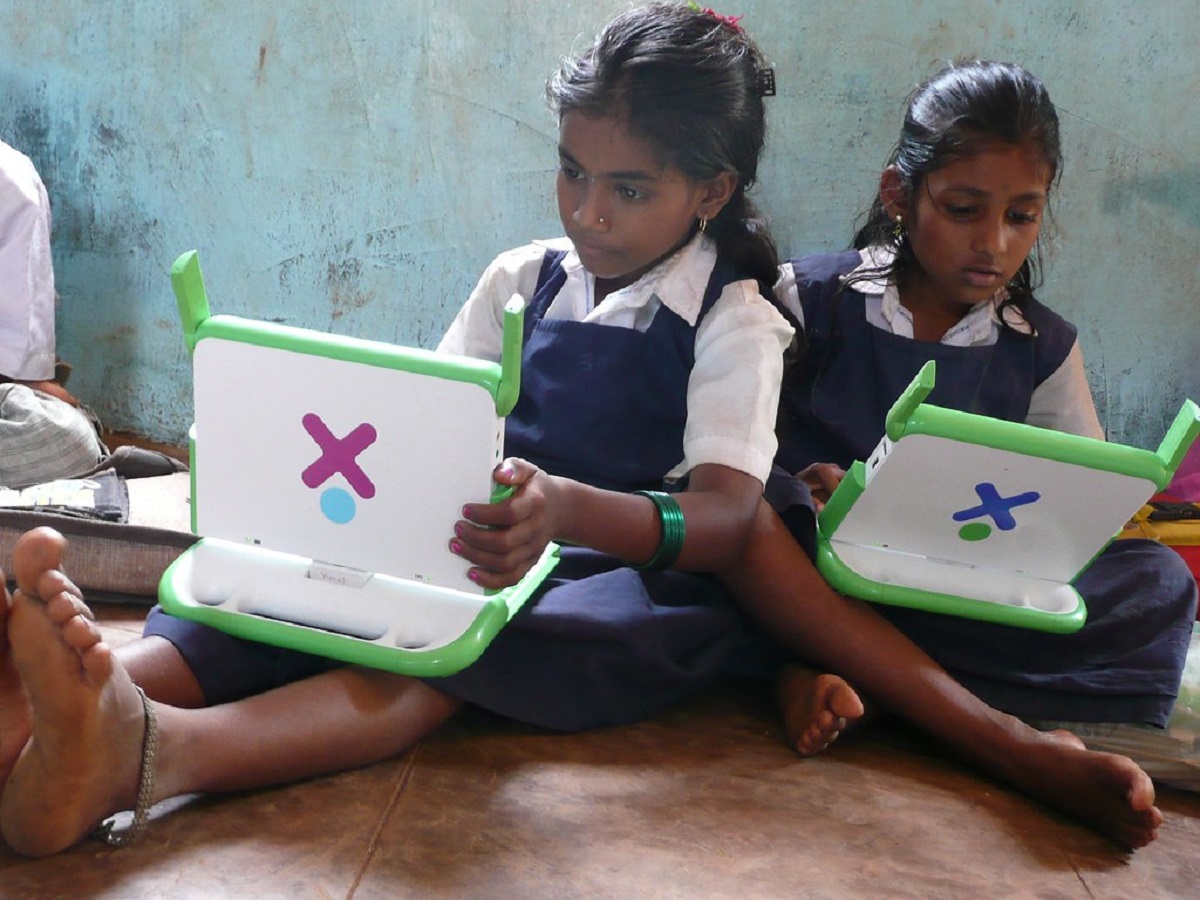


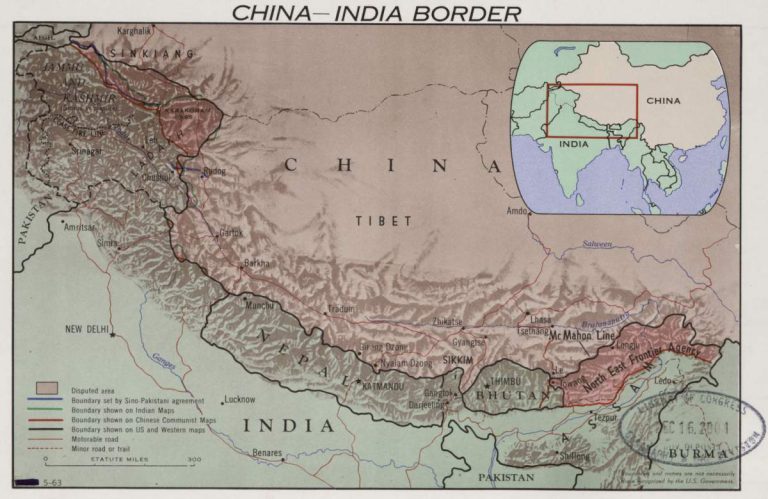
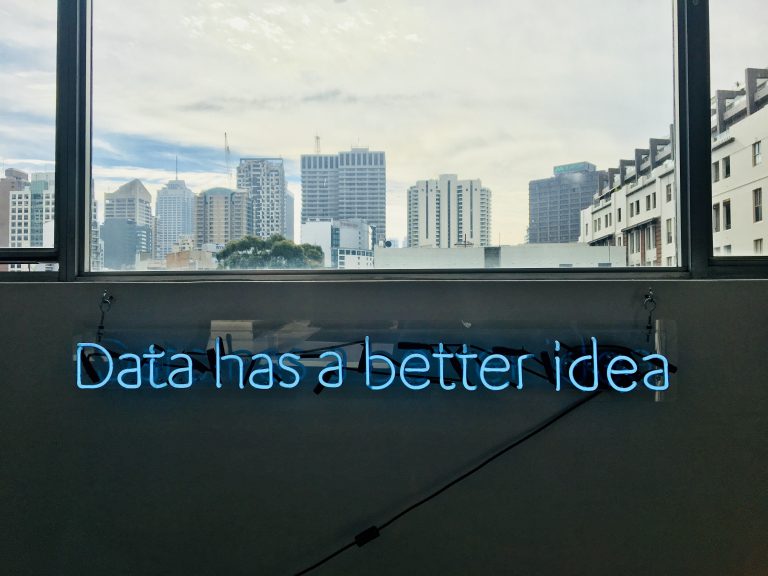
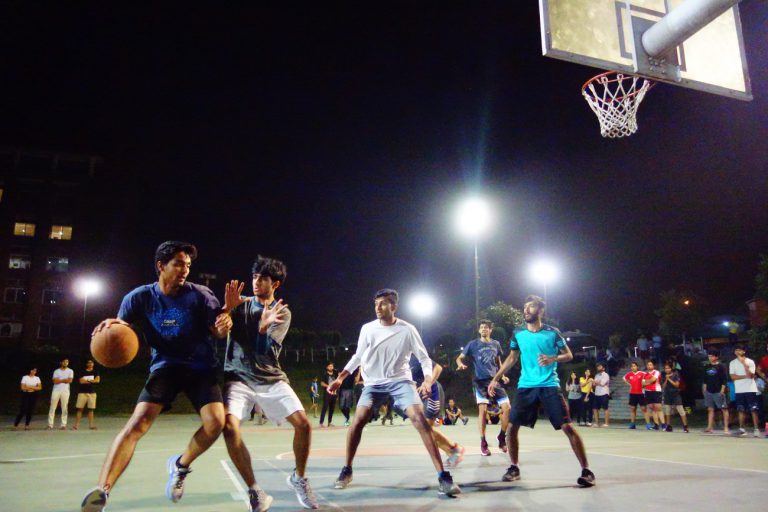
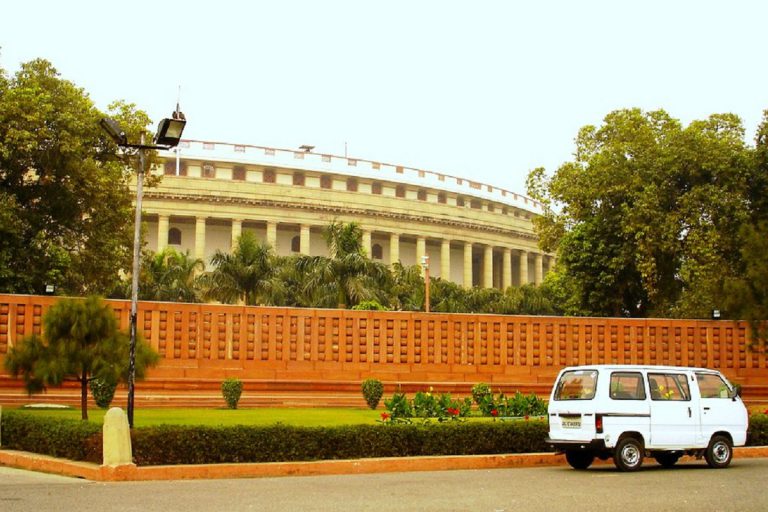
Hi, this is nice to see your comment. On your points regarding how each each institution should have responded, I would say that the pandemic situation was as overwhelming as it was, nobody could not know what to be done, specially the private organisations were in very tough situation to respond. And hence everybody looked up to UGC, the mother organisation, for guidance.
Hello sir,
Though you didn’t teach me any of the course in my PG course but, I learned a lot from you.
It is nice to read about your teaching experiences during current pendemic situation. As I am at the interface of a student and teacher, I can try to understand both sides. I think that a short (but fundamental) quiz after the lecture can solve the problem of students activity. It won’t be a big trouble for a teacher too to prepare that quiz based on the current lecture. Moreover, all the students will attend that lecture seriously too.
As far as the education system is concerned, nobody is prepared for next month. In my personal view, each University should have taken final semester exams (online) without waiting for UGC’s upcoming notice regardless of year/semester of the students.